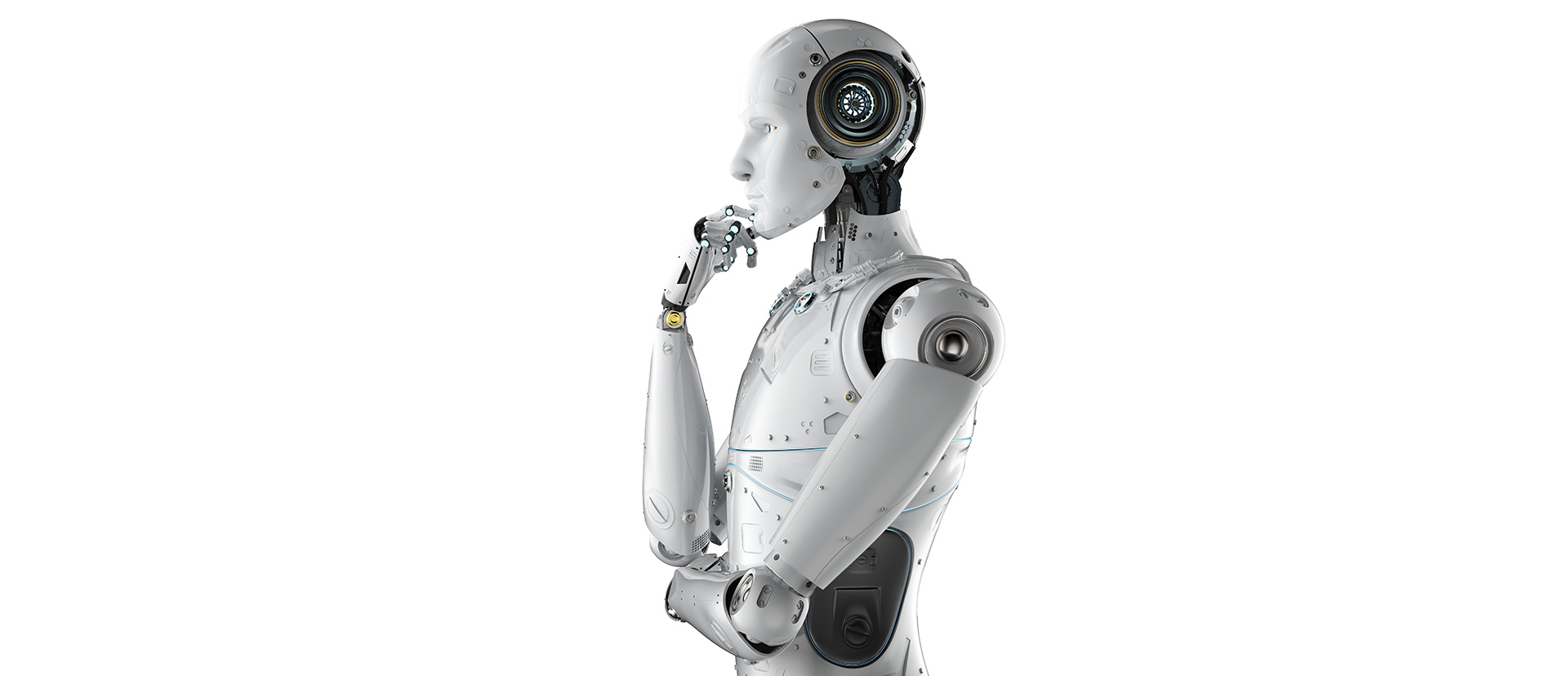Technologies are rapidly evolving to enhance human productivity; however, there is growing potential to deskill or obsolesce the work performed by professionals and managers. Basic laws such as the Fair Labor Standards Act (“FLSA”) and National Labor Relations Act (“NLRA”) — passed in the 1930s — are founded on traditional conceptions of individual discretion and supervision. As artificially intelligent technologies limit the need for having employees direct the work of others or use their expertise, there is growing potential for these employees to fall outside the boundaries of these laws. As a consequence, professional employees who are exempt under the FLSA could make valid claims for overtime pay; managers who are exempt under the NLRA could make valid claims for forming a union and bargaining with employers; or these employees could become gig workers, untethered from employment. More distant possibilities include humanoids, hybridized persons whose minds and bodies are improved for performance with genetic and bionic interventions. Such developments would raise fundamental public policy questions about regulating the competitive effects of artificially-enhanced labor. Technologists should consider these displacing and disruptive effects; and lawmakers should begin to anticipate significant dislocations caused by AI, bionic, and humanoid technologies.
By Michael H. LeRoy[1]
I. INTRODUCTION
Casey Stengel, Sparky Anderson, and Tommy Lasorda appli
...THIS ARTICLE IS NOT AVAILABLE FOR IP ADDRESS 216.73.216.89
Please verify email or join us
to access premium content!

